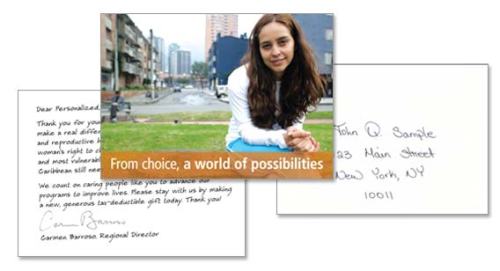I recently contributed some tips for a CIO magazine article on project management. There are some great tips in the article from a number of experienced IT executives. You can find the article here.
Below are some additional tips that might help you out on your next IT project and what your job is when implementing them!
Create a weekly cadence and accountability meeting
Setup a short and mandatory weekly meeting where each team member takes a minute or two to tell the team what they did last week, their plans for this next week, and any roadblocks they have that the team can help with. This creates urgency for each individual on the team around making progress every week.
Your Job: Setup the meeting and attend. Use the information to quickly pinpoint performance or problem areas to follow up on later. Let people feel uncomfortable if they are not making progress.
Use a focused core team
Team members lose a lot of inertia when they constantly have to switch context between projects. If you want the best performance possible, reassign other tasks and ask the team member to focus only on this project. You’ll find you need fewer team members, and results will come more quickly.
Your Job: Truly reassign the tasks and prevent new ones from being assigned to the resources during the project. Empower team members to say no and direct the requestor to you for prioritization if needed.
Keep score
It’s proven that people play sports more competitively when you keep score, translate this to business and harness that spirit. Create a “players” scoreboard where team members can see if the team is winning or losing at a quick glance.
Your Job: Figure out a meaningful leading measure that predicts project success. Measure the team and individuals weekly and post the results publically for the entire organization to see.
Use your own eyes and ears
Set time aside to speak directly with individual contributors on the team. Your project manager and management team provide only one view. If you want a 360 degree view of what is happening on the project, talk to all the players regularly.
Your Job: Set time aside for this on your schedule and make it a high priority. Get out in your organization, physically or virtually, and engage team members in casual dialog. You will be surprised about what you learn over time, and so will they.

Grant Howe
VP of Research and Development










